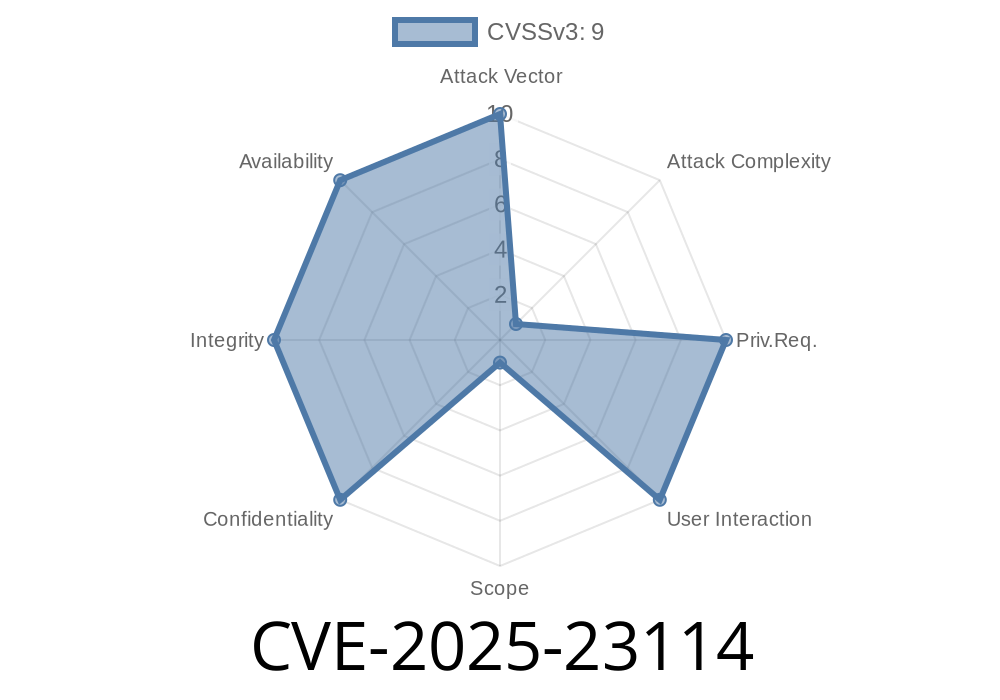A recently discovered vulnerability in the Veeam Updater component (CVE-2025-23114) poses a real concern for organizations and system administrators relying on Veeam Backup & Replication software for their data protection. This vulnerability allows Man-in-the-Middle (MITM) attackers to execute arbitrary code on the affected server through a failure to properly validate TLS certificates.
In this post, we will provide details on the exploit, a code snippet demonstrating the vulnerability, and original references to further understand and mitigate the risk associated with this issue.
Exploit Details
The root cause of CVE-2025-23114 lies in the lack of proper handling and validation of TLS certificates in Veeam Updater. As a result, a MITM attacker can present a self-signed or otherwise invalid TLS certificate to the Veeam Updater component during a secure connection attempt. Once this is established, the attacker can then intercept and manipulate the traffic between the client and server, ultimately enabling arbitrary code execution on the server.
The code snippet provided below demonstrates the vulnerability in action
import socket
import ssl
def exploit(host, port):
# Create socket and wrap the connection with SSL
conn = socket.create_connection((host, port))
ctx = ssl.create_default_context()
ctx.check_hostname = False
ctx.verify_mode = ssl.CERT_NONE
# Perform handshake and provide a self-signed certificate
ssl_conn = ctx.wrap_socket(conn, server_side=False, server_hostname=host)
ssl_conn.sendall(b'GET /update HTTP/1.1\r\nHost: ' + host.encode() + b'\r\n\r\n')
# Read server's response
data = ssl_conn.recv(4096)
print("Data received: ", data.decode())
# Your malicious code execution logic here
# ...
# Example usage:
exploit("127...1", 443)
This exploit establishes an SSL connection without properly checking the server's certificate, allowing a self-signed certificate to be presented. In a vulnerable Veeam Updater component, this TLS certificate validation would be treated as sufficient, allowing the MITM attacker to manipulate the traffic and execute arbitrary code.
Original References
1. Veeam Security Advisory: VSA-2025-0001
2. MITRE CVE Reference: CVE-2025-23114
3. National Vulnerability Database: NVD
Recommendations to Mitigate the Issue
To mitigate CVE-2025-23114, Veeam has released a critical security patch applicable to Veeam Backup & Replication software. Organizations and system administrators using Veeam software should immediately apply the patch and verify the security of their systems.
Conclusion
CVE-2025-23114 is a critical vulnerability in the Veeam Updater component, and it can have significant consequences if left unaddressed. Organizations relying on Veeam Backup & Replication software for protection should act swiftly to apply necessary patches and review their server security. Failure to do so could leave their systems exposed to malicious MITM attacks, resulting in potential data breaches or unauthorized access to critical systems.
Timeline
Published on: 02/05/2025 02:15:28 UTC
